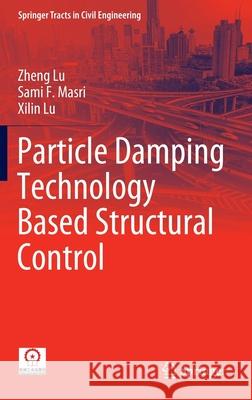Particle Damping Technology Based Structural Control » książka
topmenu
Particle Damping Technology Based Structural Control
ISBN-13: 9789811534980 / Angielski / Twarda / 2020 / 369 str.
Particle Damping Technology Based Structural Control
ISBN-13: 9789811534980 / Angielski / Twarda / 2020 / 369 str.
cena 605,23
(netto: 576,41 VAT: 5%)
Najniższa cena z 30 dni: 578,30
(netto: 576,41 VAT: 5%)
Najniższa cena z 30 dni: 578,30
Termin realizacji zamówienia:
ok. 22 dni roboczych
Dostawa w 2026 r.
ok. 22 dni roboczych
Dostawa w 2026 r.
Darmowa dostawa!
Kategorie:
Kategorie BISAC:
Wydawca:
Springer
Seria wydawnicza:
Język:
Angielski
ISBN-13:
9789811534980
Rok wydania:
2020
Wydanie:
2020
Numer serii:
000796527
Ilość stron:
369
Waga:
0.70 kg
Wymiary:
23.39 x 15.6 x 2.24
Oprawa:
Twarda
Wolumenów:
01
Dodatkowe informacje:
Wydanie ilustrowane











